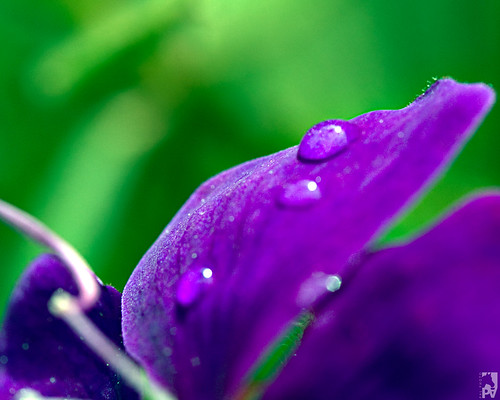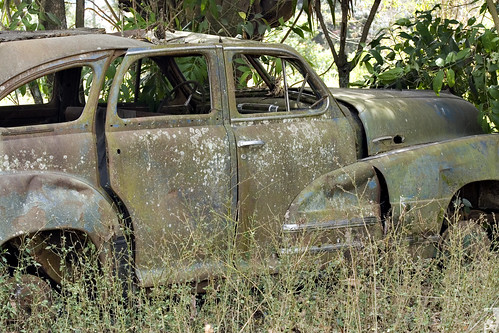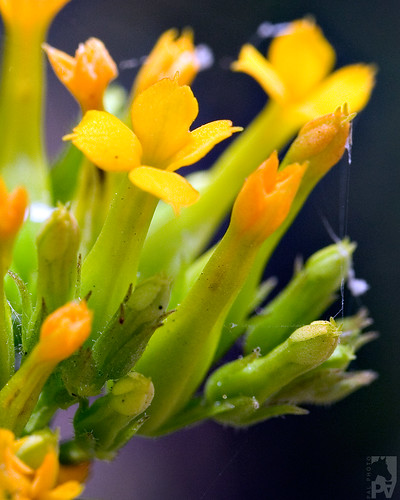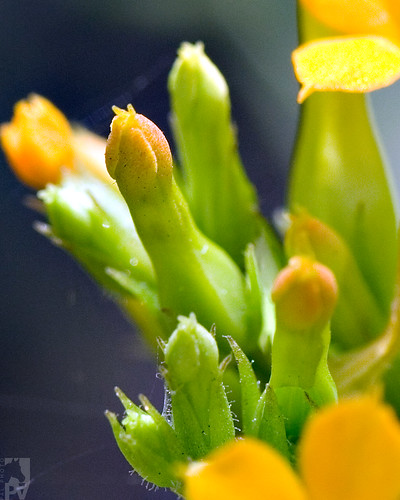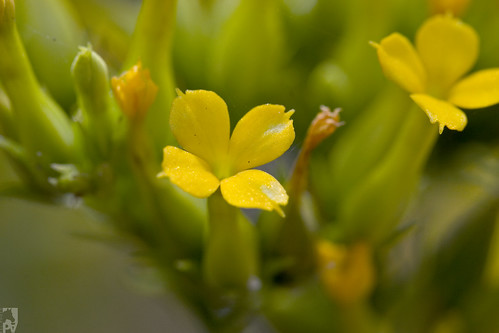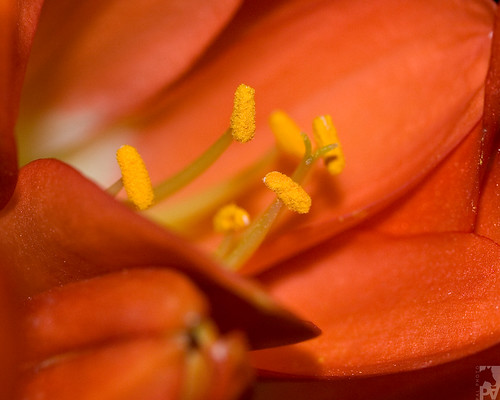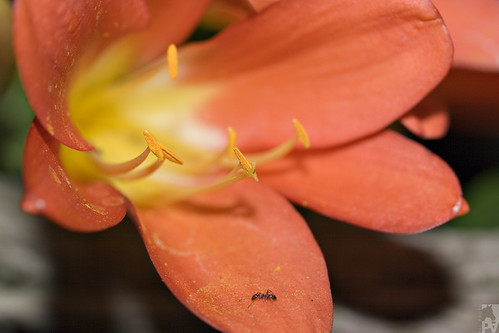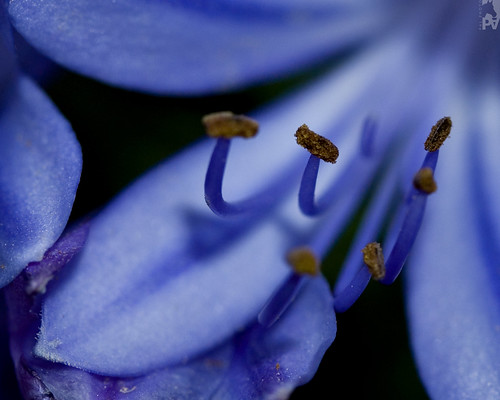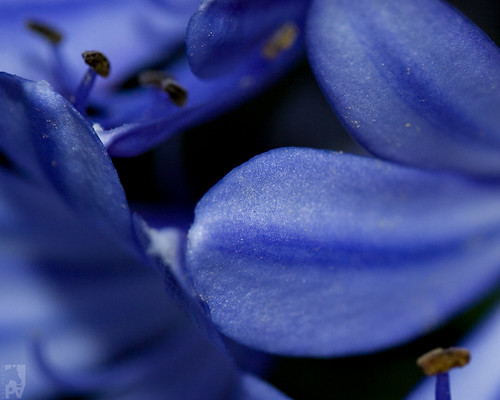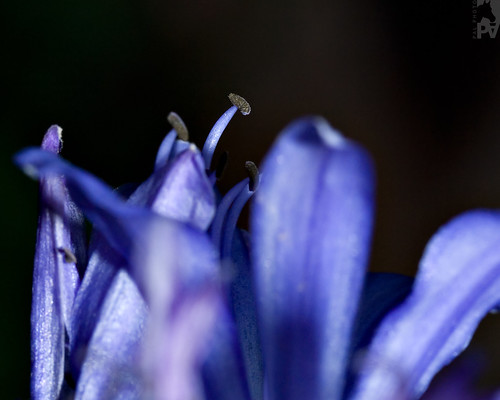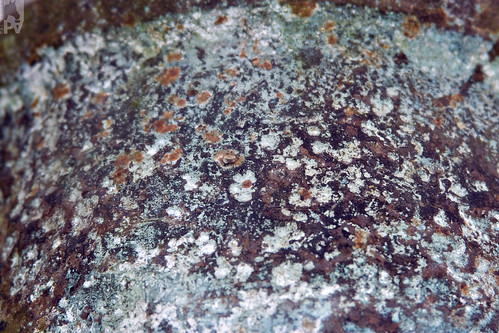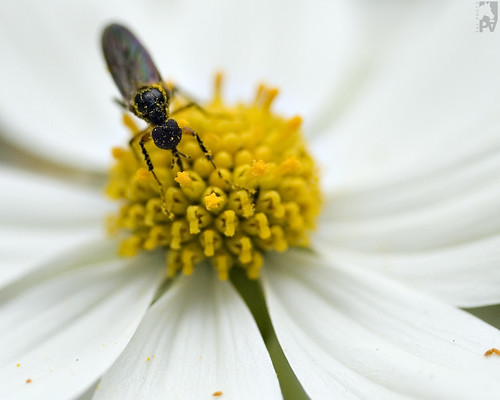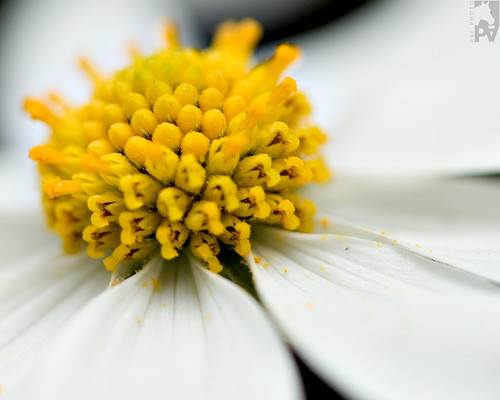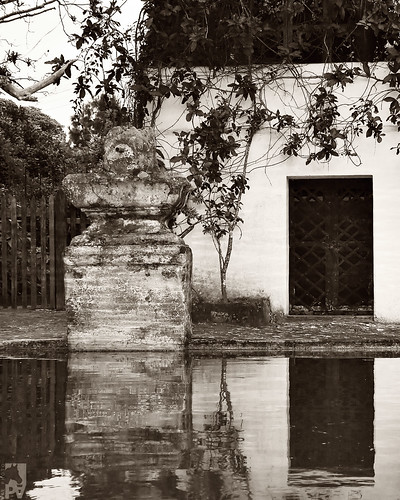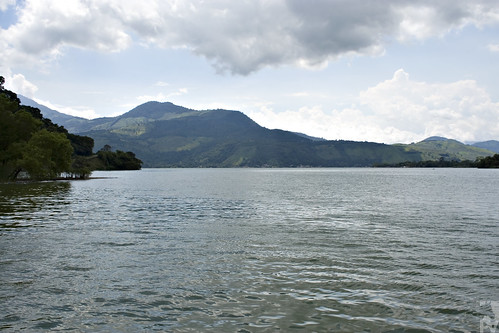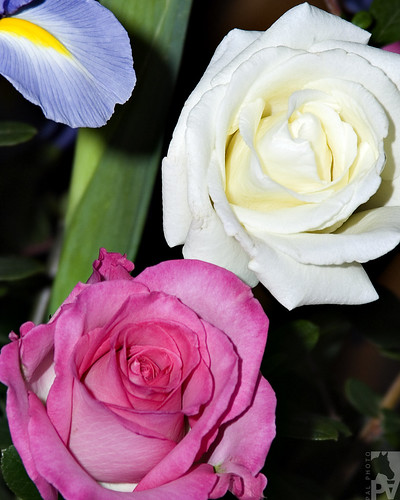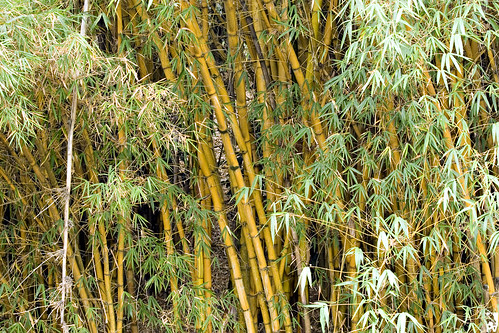 Bambu tarro (Guadua aculeata)
Bambu tarro (Guadua aculeata)A simple vista la estructura del Bambú podría suponer que es una especie frágil y vulnerable, pero la delgadez de su tallo no es proporcional a su grado de resistencia y fortaleza. De hecho, esta cualidad, presente en una amplia variedad de las más de mil especies que se conocen de bambú, le ha valido la comparación con materiales tan resistentes como el hierro y el acero. Por su resistencia y versatilidad, al bambú se le ha otorgado una gran diversidad de usos, además de representar una excelente alternativa para atender la creciente demanda de productos forestales.
El Bambú, cuyo origen se remonta al comienzo de la civilización en Asia, es utilizado como fibra para fabricar papel de alta resistencia, en la elaboración de muebles, artesanías y artículos de decoración.
Es una excelente opción para construir casas-habitación. En la actualidad existen estudios que comprueban que las propiedades físicas y mecánicas de esta planta son similares y en algunos casos superiores a las del hierro. Esto le ha merecido el nombre de “El acero vegetal”. Por su valor escénico, comodidad y propiedades térmicas y aislantes, es cada vez mayor su demanda en construcciones dedicadas al ecoturismo.
Uno de los grandes atractivos de esta especie es que se desarrolla muy rápidamente y no necesita replantarse después del corte, por lo que su producción es permanente.
El bambú también es notable en cuanto a los beneficios ambientales que proporciona: contribuye a la protección de otros recursos naturales; previene y combate la erosión, deslaves, derrumbes y remociones; mejora el proceso de fijación de nitrógeno en el suelo. Se estima que una plantación de bambú de una hectárea de extensión puede absorber hasta 7 toneladas de carbono anualmente y aporta hasta un 35 por ciento más de oxígeno. Es un gran recuperador de las cuencas hidrológicas de los ríos y lagunas. Durante el verano toma agua para almacenar tanto en sus raíces como en el tallo y luego, por efectos de concentración, el agua es regresada nuevamente al caudal de los ríos o quebradas en época de secas. También disminuye la pérdida de agua por evaporación.
___________________________________________________________
In plain sight, Bamboo's structure might give the mistaken impression of a frail and vulnerable species, but in reality, the thinness of its trunk is not proportional to its degree of resistence and strength. As a matter of fact, this quality, present in most bamboo species, has given it a wide array of uses, besides becoming and excellent agroforestry alternative.
Bamboo, which origins go back to the beginning of civilization in Asia, is used as fiber in the manufacture of high-resistence paper, furniture, handcrafts and decorative articles.
It is, also, an excellent alternative for building homes. There are several studies that prove that bamboo's physical and mechanical properties are similar, and in some cases even superior, to those of iron. This has given the plant the nickname of "Nature's steel". For its decorative value, its comfortability and thermal properties it's use is growing, specially in the eco-tourism industry.
In addition, bamboo is quite notable regarding its environmental qualities and contributions. It protects basins and prevents erosion, it improves the nitrogen fixating process in the soil, it is estimated that one hectare of bamboo can recycle 7 metric tons of carbon per year and it contributes about 35% more oxygen to the environment. During the dry season, the plant saves water in its roots and trunk, and by effect of concentration the water returns to the soil during the dry season.
